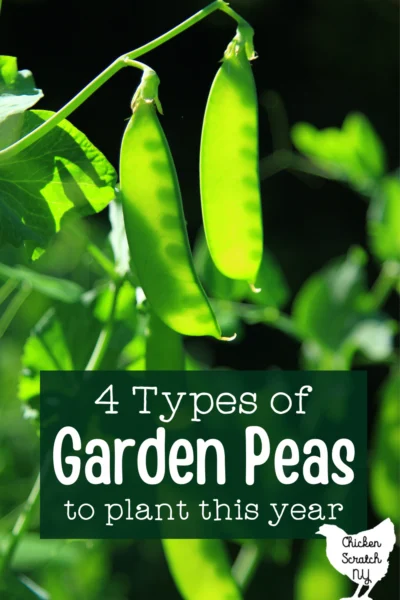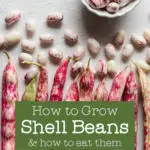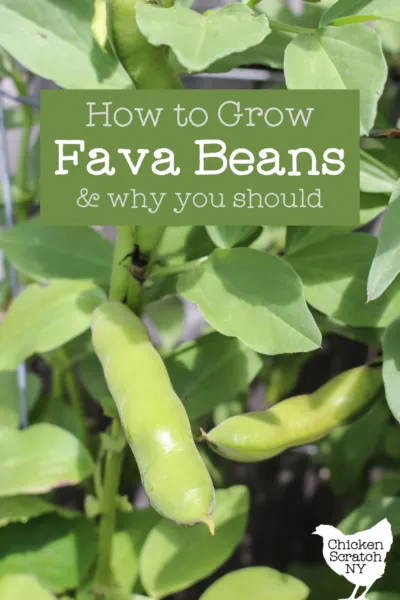Shell beans are a more mature phase of the garden bean, harvested when the pods are plump but before the beans dry. They’re a fun addition to your garden and kitchen!
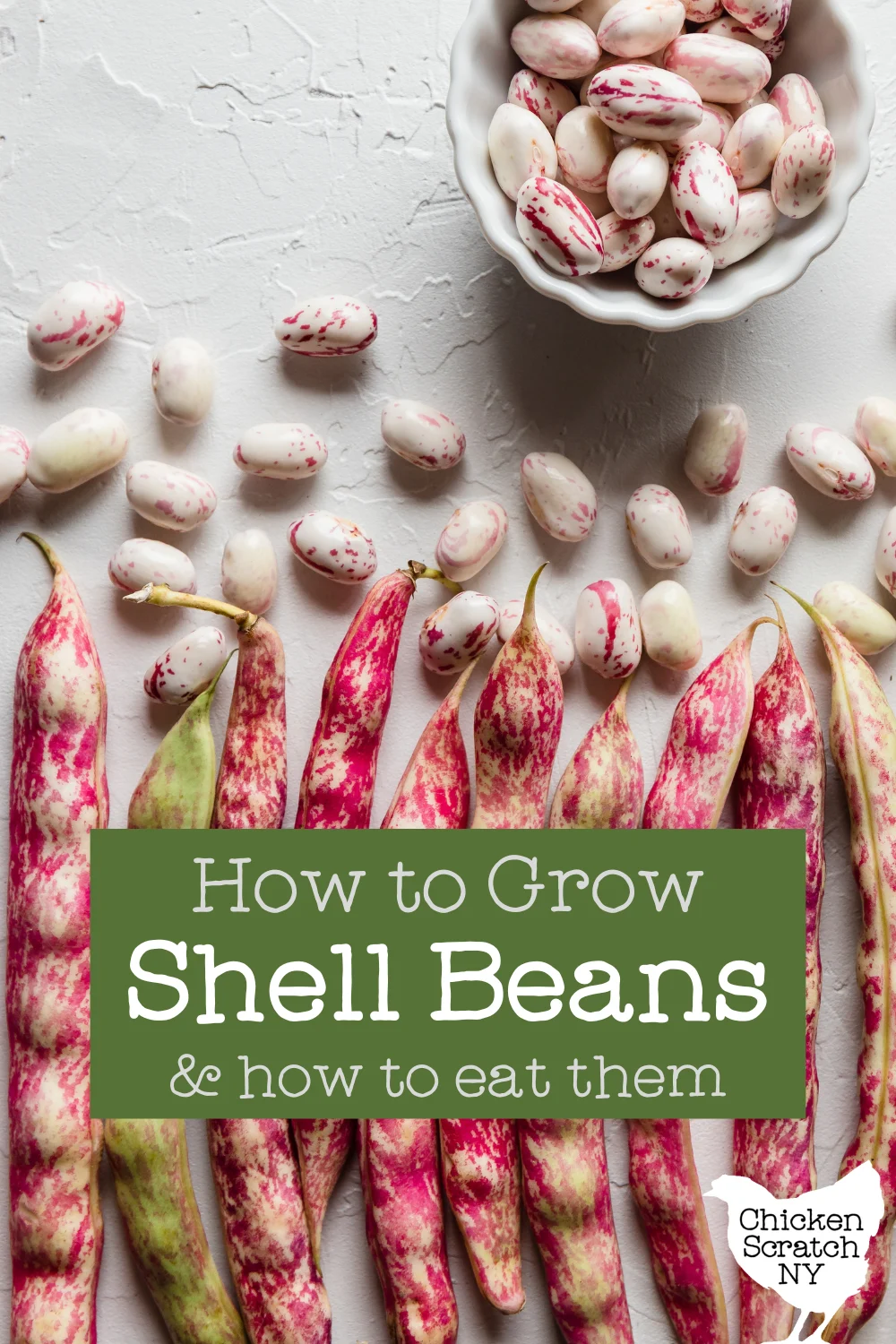
Growing up my mom was a green and yellow bean fiend, during the summer she’d eat them by the giant bowlful and I have more than a few memories revolving entirely around her and beans (planting, picking, eating, and freezing).
Even with such a bean-focused childhood, I’m sad to say I never even knew about shell beans until recently.
Unless you live in the American south you probably aren’t familiar with them either. One way you can think of shell beans or “shellies” is that they’re dried beans before they are dry.
There is some overlap in varieties of beans that can be eaten as snap beans and varieties grown for use as shell beans and dried beans but for the most part, they’re two different crops.
It’s kind of like broccoli and kale are the same plant but also very different, just not as extreme.
What are Shell Beans?
The term ‘shell bean’ refers more to a life stage than a particular type of bean. You can grow snap beans (Phaseolus vulgaris), lima beans (Phaseolus lunatus), and fava beans (Vicia faba) for use as shell beans.
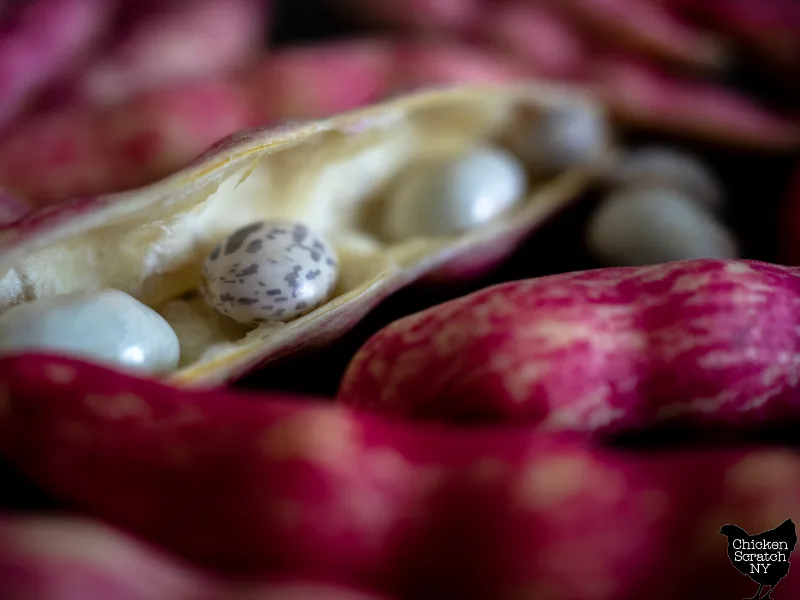
Unlike snap beans that are eaten fresh and raw from the garden (or in the garden), they need to be shelled or removed from the pods and cooked before they’re eaten.
This is especially true with lima beans which contain linamarin, a chemical compound that turns into cyanide in the human body if they are eaten raw.
On top of that, all beans have varying levels of Phytohaemagglutinin (PHA), another compound that can cause gastrointestinal issues like vomiting and diarrhea. Red kidney beans have the highest levels and are most likely to cause symptoms.
Unfortunately, there isn’t a database breaking down exactly how much PHA is in each type of bean. I get enough stomach issues from the bugs my kids bring home from school so I like to stay on the side of caution and cook my beans well.
According to the University of Illinois, pinto and navy have lower levels of PHA so they might be a safer bet than jumping straight into red kidney beans, white kidney beans, or black beans.
No matter what kind you’re growing shell beans are hard and need to be cooked anyway so plan to heat them above 180 degrees for 10 minutes (a simmer is 185-205 degrees so you don’t need a full rolling boil) and you’ll be good.
If you feel ill after eating beans from a crock pot it’s likely because they weren’t heated to a high enough temperature. If you’re using your crockpot stick to canned beans or pre-boil them first.
Varieties
If a quick stroll through the bean aisle in a grocery store overwhelms you make sure you’re sitting down when you check out the bean section in a seed catalog.
For the sake of all our sanities, I will focus on growing common bean shell beans, this is the same species as snapbeans or green beans. Nothing against limas or favas but they are grown too differently to fit into this post.
Learn How to Grow & Eat Fava Beans
Most of these beans will list two different numbers for the days to harvest. The first number will be for use as shell beans and the second for use as dry beans.
The numbers I’ve listed below are for picking in the shell bean stage.
There are more varieties than I’ve listed, and there seems to be a lot of regional variation. I highly recommend finding a local (or semi-local) seed source and starting with seeds developed in a climate similar to yours.
- Black Coco – 60 days, larger than most black beans
- Calypso – 70 days, gorgeous black and white ‘Orca’ pattern
- Jacob’s Cattle – 70 days, a very old variety popular for baked beans
- Silver Cloud Cannellini – 70 days, white kidney soup bean
- Tiger’s Eye – 65 days, yellow with maroon swirls, very tender skins
- Vermont Cranberry – 70 days, classic New England variety
- Tongue of Fire*
- Kentucky Wonder*
*These are traditionally grown as snap beans but if the harvest gets away from you the overgrown beans make great shellies.
Growing Shellies
Beans in general are a pretty easy crop to grow, as long as you get the temperature and planting time right they pretty much do their own thing.
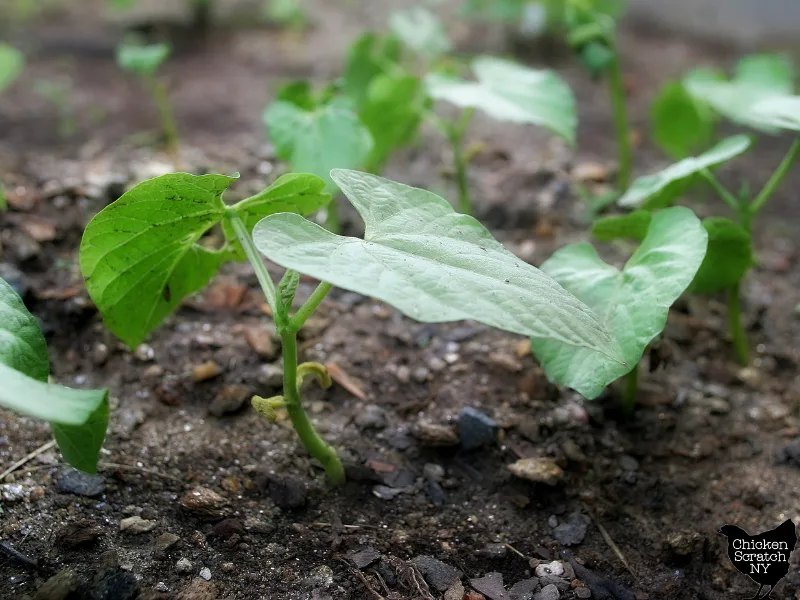
These beans are heat lovers and you shouldn’t even think about putting them in the ground until the soil is at least 60 degrees. You’ll have even better luck if you wait until it hits 70-90 degrees.

Depending on the variety you’re growing you might have bush beans, pole beans, or something in the middle. It’s really a situation where reading the packet is your friend, if the packet isn’t helpful head to google because someone out there should have it figured out!
In general, plant bush varieties 4 inches apart in rows 8 inches apart. Pole varieties can be grown 3 inches apart on netting or a flat trellis and 4 to a pole (with 16″ between poles) for a bean teepee.
Pole varieties will require a trellis of some type, they’re a great option for cattle panel trellises, pole teepees or you can use twine.
Pole varieties get pretty tall so take care not to plant them where they can cast shadows over your other sun-loving plants. On the other hand, you can use them as a sun shield for lettuce or greens that require cooler temps and tolerate some shade.
Bean seeds are big and it takes quite a bit of moisture to ‘wake them up’ so give them a head start by soaking for a few hours before planting into moist but not soggy soil. Keep them well-watered until the seedlings start poking their heads up.

Once the beans are up and a few inches tall mulch around them with straw to keep the weeds from taking over.
Once the plants are growing you only need to water your beans if the top inch of soil gets dry, depending on the weather you might never have to water them again!
Fun fact, beans are part of the legume family, famous for their nitrogen-fixing abilities. Ok, maybe not but it should be!
Beans, peas, and their kin have formed a symbiotic relationship with soil bacteria that live in the roots of the bean plants and turn atmospheric nitrogen into usable fertilizer. Both for the beans and for whatever you plant in that spot next.
If you planted in decent soil you won’t need to fertilize, in fact over-fertilizing beans is a bad choice because you’ll get more leaves than beans. If the leaves are pale yellowy-green (indicating a lack of nitrogen) fertilize them with fish emulsion.
How to Harvest & Store
Shell beans are ready to be picked when the pods are still soft and the beans themselves are nice and plump. The beans themselves will be firm but not bulletproof like dry beans.
You can store the beans in the fridge in the shell for 5 days or shelled for 3 days.
If you’re looking for more long-term storage, freezing is the way to go. Start by blanching the shelled beans by adding them to boiling water for 2 minutes, then scoop them out & drop them into an ice bath to stop the cooking.
Freeze in a single layer on a cookie sheet and transfer to freezer bags or storage containers (this keeps the beans from freezing together into a clump). Blanched and frozen shell beans should be used within 6 months.
Shell Bean Recipes
Shellies really straddle the line between light summer food and heart autumn coziness. They’re only available for a short time and the recipes below really highlight the moment in time when you can find them in the garden or farmer’s market.
We’ve already gone over why we need to cook our shell beans (we don’t enjoy gastrointestinal distress) so let’s just get to the recipes:
- Cranberry Shell Beans with Olive Oil & Garlic from May I Have That Recipe
- Cranberry Shell Beans Salad with Butternut Squash & Broccoli Rabe from Martha Stewart
- Baked Shell Beans from Wilson Farm
- Fresh Shell Bean & Sage Spead from The Kitchn
- Shell Bean & Tomato Salad from David Lebovitz
- Shell Bean Soup with Italian Bacon from Our Edible Italy
- Summer Shell Bean Chili from Mother Earth News
If you are a cookbook fan like me and you’re in the market for a book that covers all sorts of fun and unusual vegetables I highly recommend Six Seasons by Joshua McFadden with Martha Holmberg.
It has a whole section on shell beans including a basic recipe for the perfect shell beans and recipes using them like Beans on Toast, Risotto with Shell Beans, Sausage, & Bitter Greens, and Crunchy Mixed Bean Salad with Celery & Tarragon.
Check out my Vegetable Garden page for more ideas or start here:
